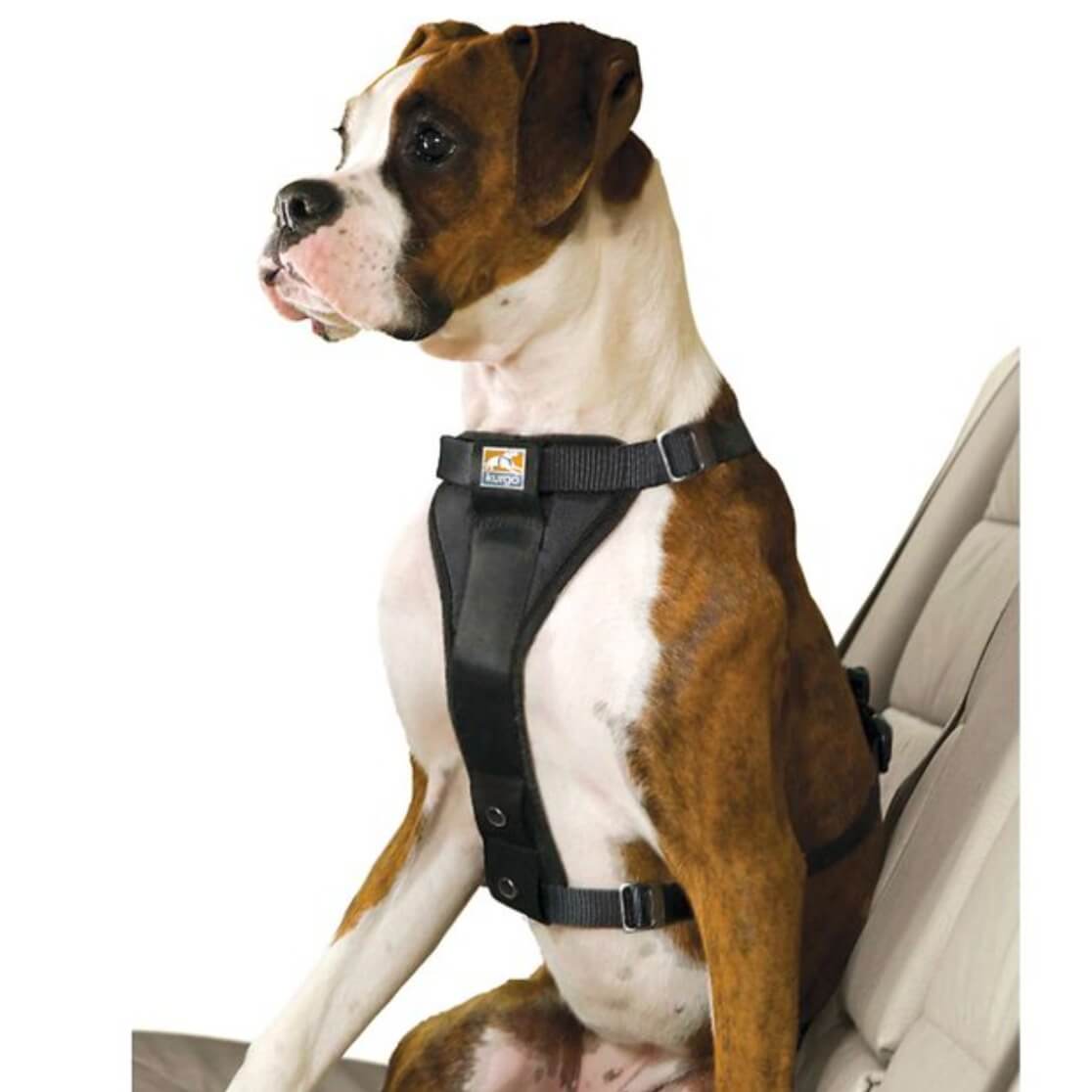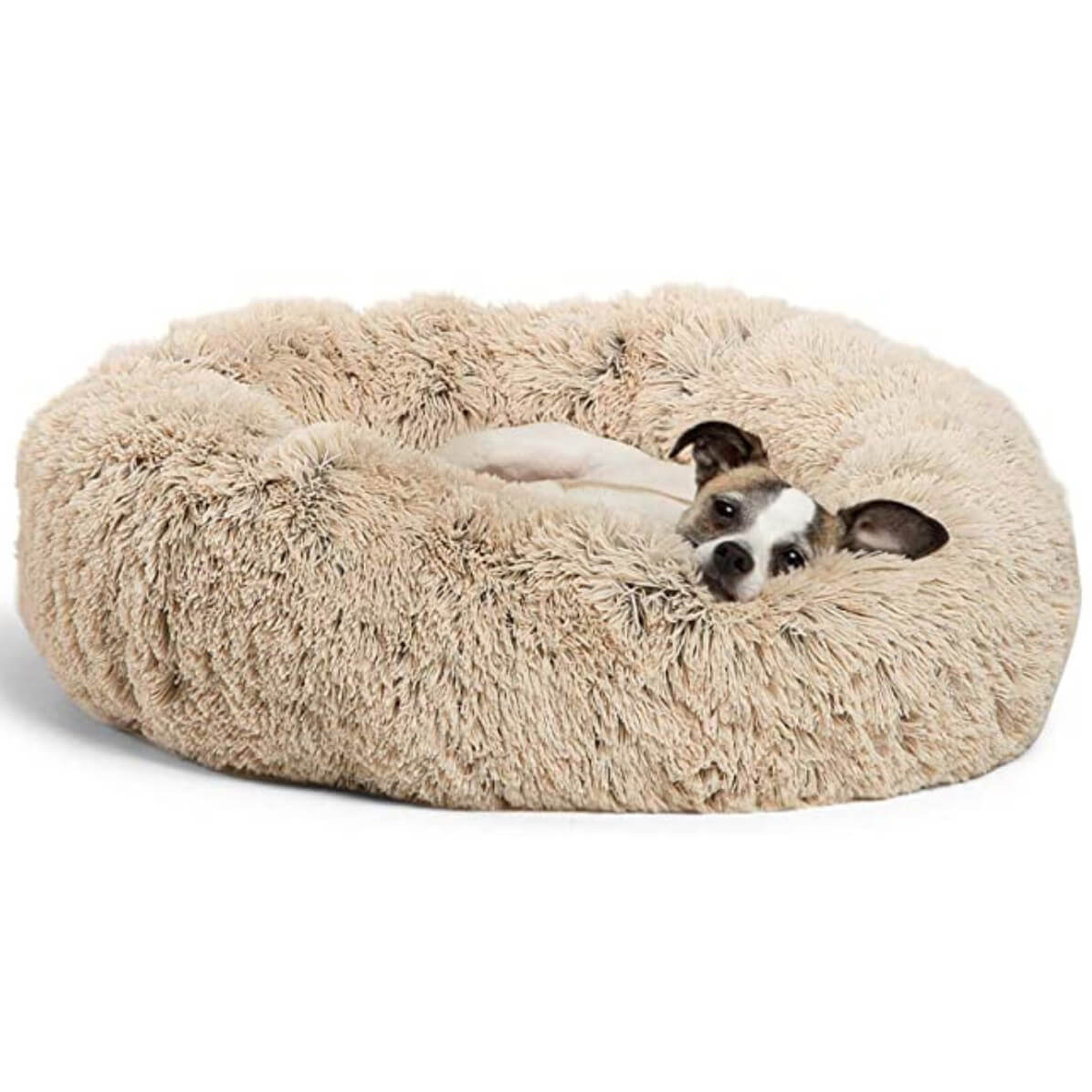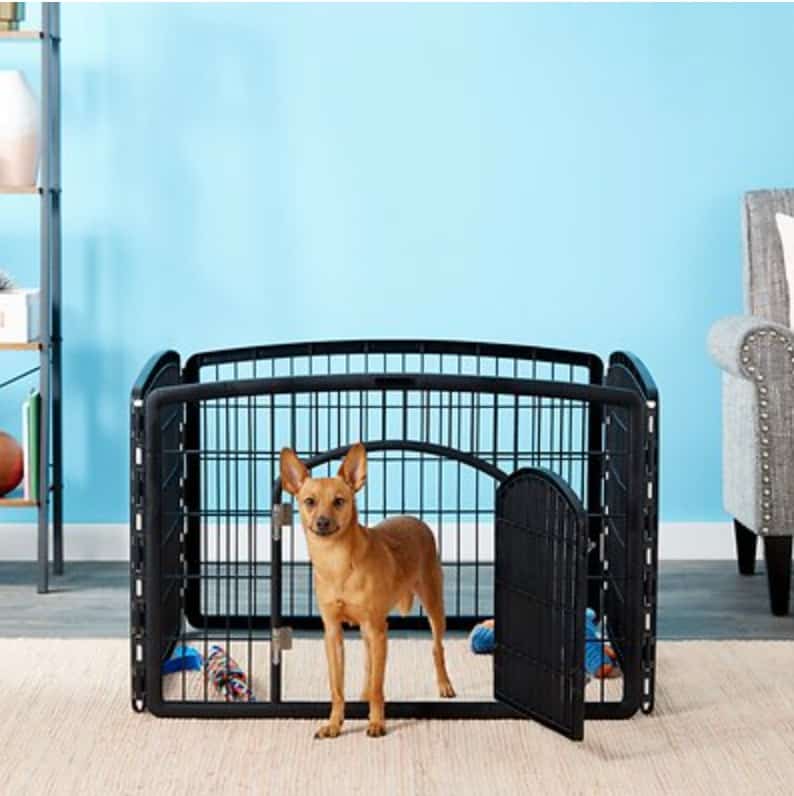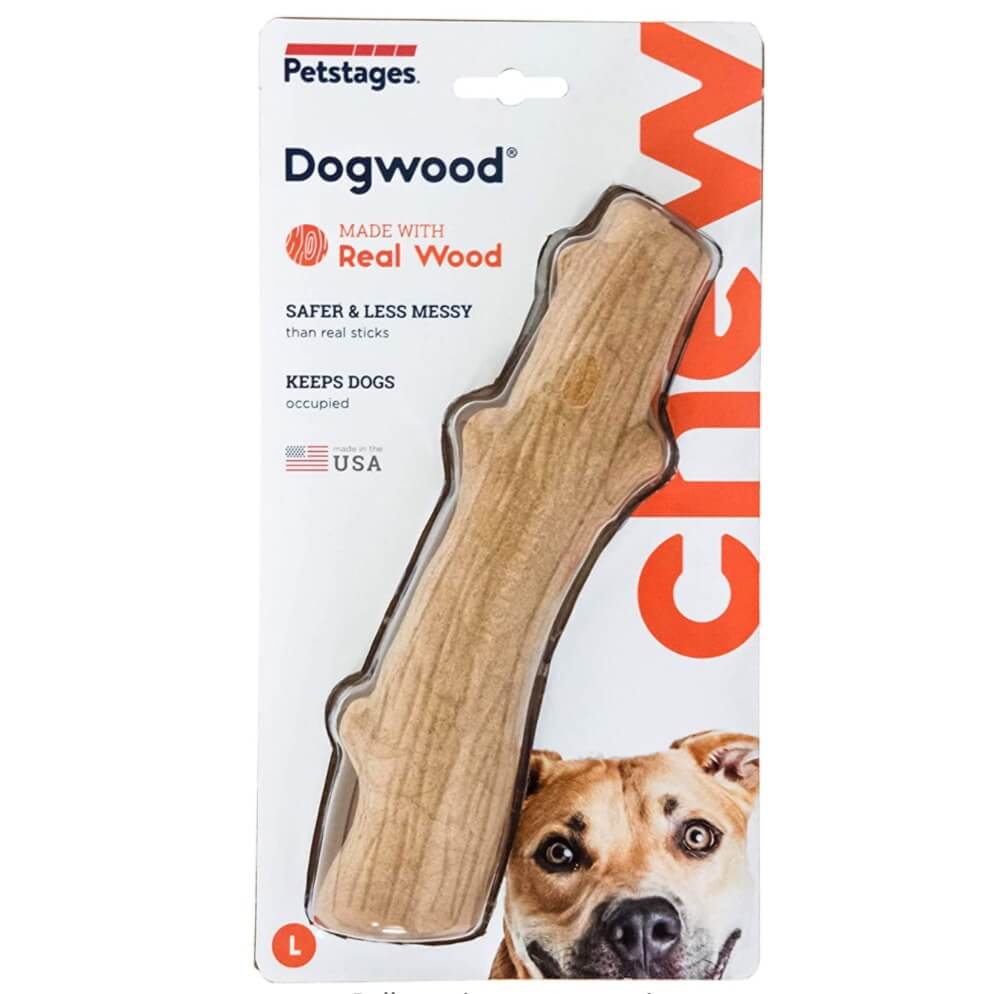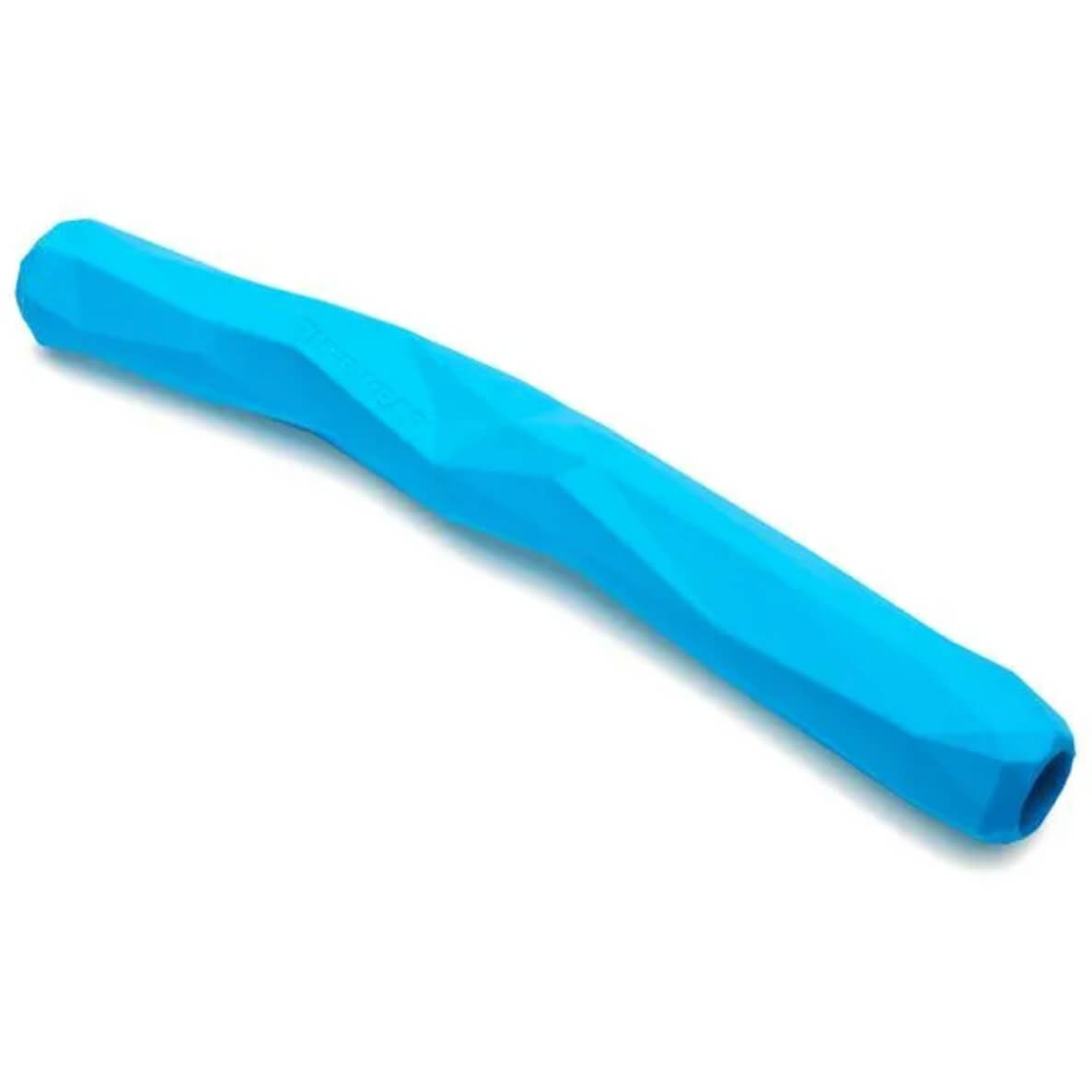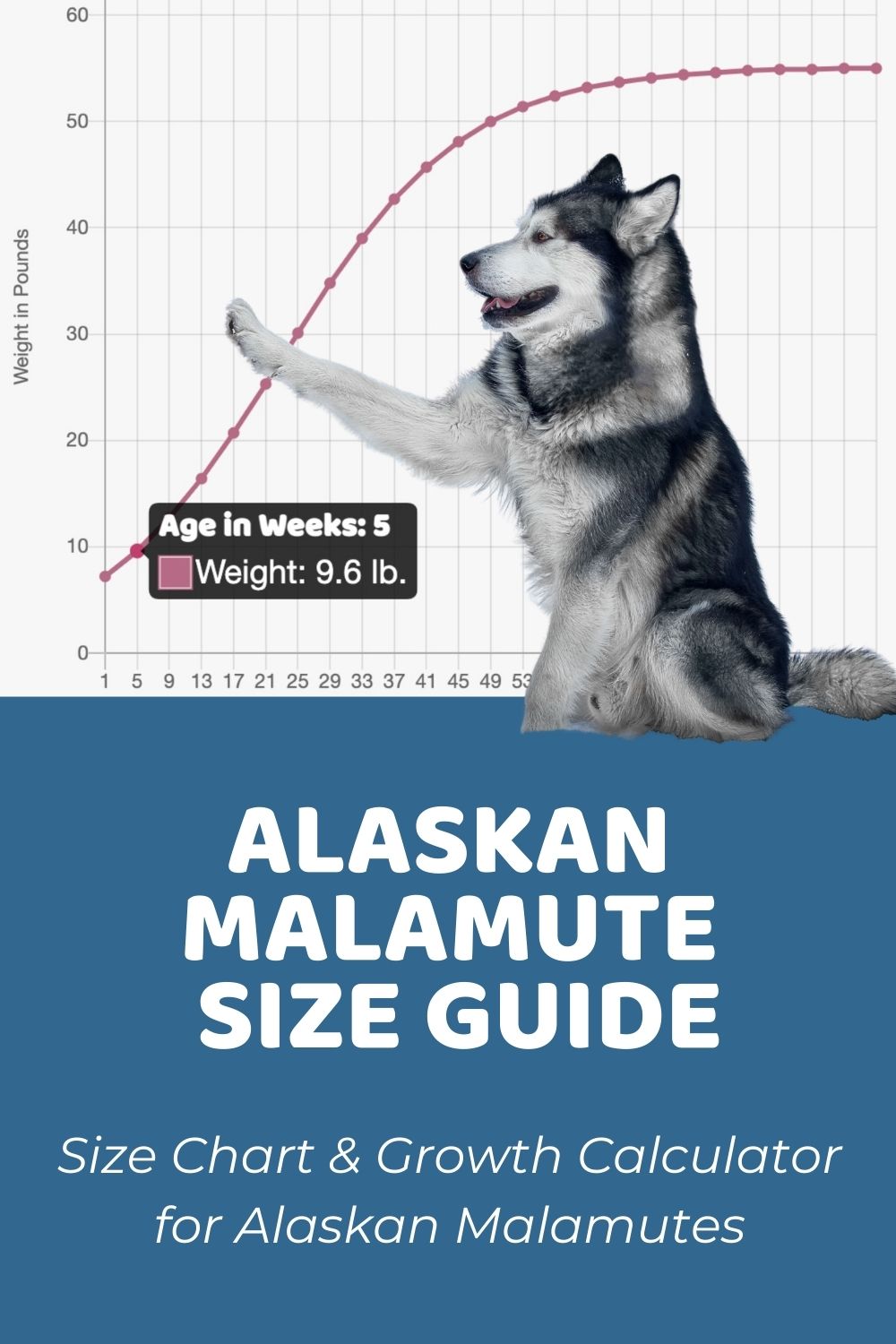
Alaskan Malamutes, with their wolf-like features, are stunning dogs, very similar in appearance to the more well-known Siberian Husky. However, their large size and imposing presence can make them quite intimidating to those unfamiliar with these sweet, friendly canines.
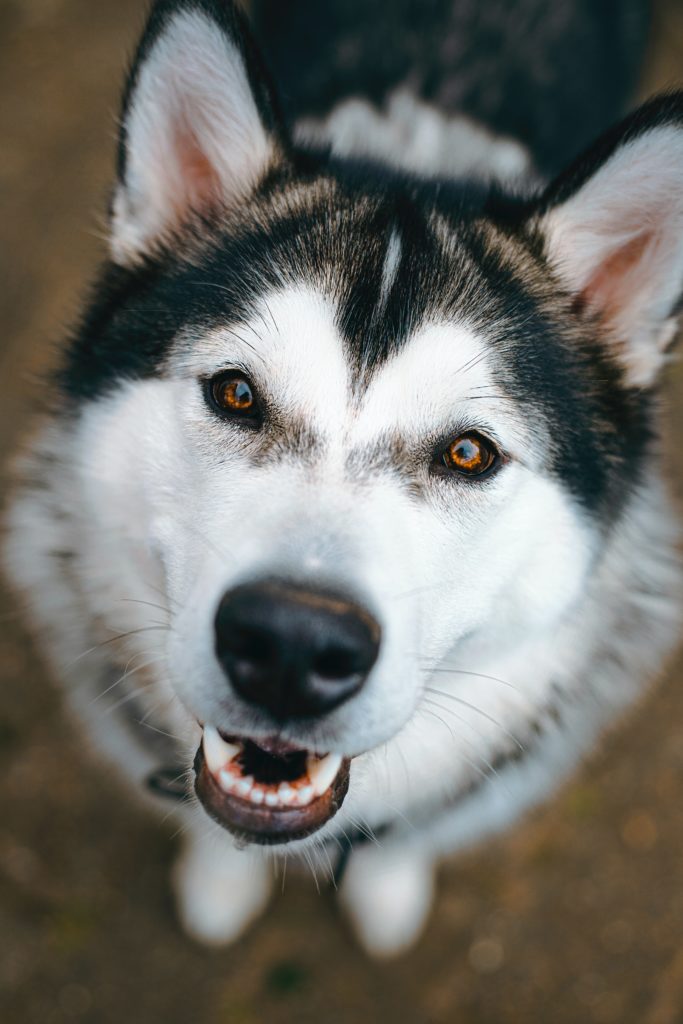
Our handy interactive puppy growth chart and calculator takes all the hard work out of predicting your puppy’s potential adult size. This helps you to know exactly what you are in for.
Psst! Check Out These Awesome Puppy Things!
Playful and outgoing, Alaskan Malamutes make great pets for the right kind of owners. Pack animals, by nature they are incredibly loyal to their family. However, if you are looking to take on one of these gorgeous hounds, you may well be wondering just how big an Alaskan Malamute can get.
Alaskan Malamute Size Predictions by Age
Intelligent, loyal, playful Alaskan Malamutes were originally bred as work dogs, capable of pulling heavy sleds across vast distances in the frozen North. For this reason, the breed is built for strength and stamina – these are certainly no lapdogs.
The Mal’s working dog heritage also means that not only do these pups have tons of energy, but they are super clever, too. They need to be kept occupied, body and mind both, to stop them from becoming bored and destructive. They excel at things like canine sports and hunting, which is another skill bred into these dogs.
This all adds up to the Alaskan Malamute being ill-suited to novice owners. They need a firm, experienced, and skilled hand in their training as they can also be quite stubborn. Mals are also relatively high-maintenance dogs requiring a lot of space, plenty of socialization, and an enormous amount of grooming to keep that thick double coat of theirs in good shape.
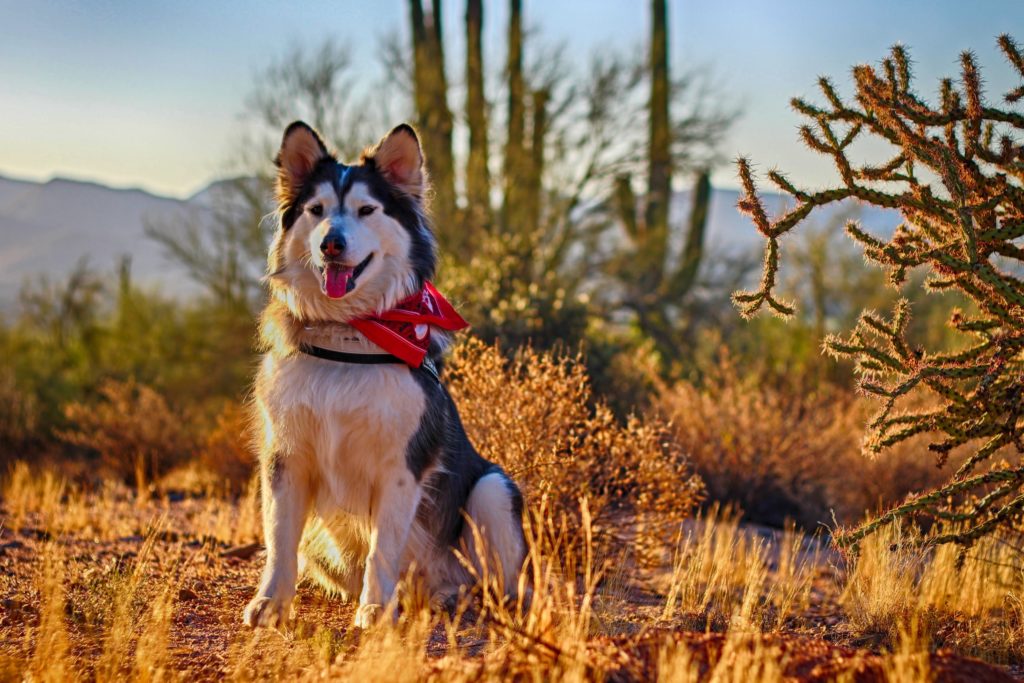
Alaskan Malamutes are classified as large dogs and are often extremely muscular, too. They grow quickly upwards but take longer to fill out, as can be seen below:
| Age | 3 months | 6 months | 1 year | Adult |
| Weight | 26 – 33 lbs | 49 – 62 lbs | 67 – 89 lbs | 75 – 100 lbs |
| Height | 18 – 20 inches | 21 – 23 inches | 23 – 25 inches | 23 – 25 inches |
*A dog’s height is measured from its withers – this is the point between the shoulder blades.
If you have already adopted one of these darling dogs, you will be amazed at how they shoot up, even in the first 3 months of their lives. During this period, they can reach two-thirds of their adult height but will only be at around a third of their adult weight.
By the time your Mal is 6 months, you will have a fair indication of how tall they will be. They will likely only grow another 2 or 3 inches more. Yet, they will still be a fair way off their adult weight, which can easily double across the next year and a half.
Are There Different Sizes of Alaskan Malamute?
Alaskan Malamutes are considered to be one of the oldest domesticated dogs in the world, and there are multiple different types (otherwise known as strains) that fall under the breed category. Three of the most well-known are Kotzebue, M’Loot, and Hinman, but there are no clearly defined size differences between them.
Larger versions of these dogs have been selectively bred to handle heavier loads. Known as Giant Alaskan Malamutes, they top 100 lbs and can pull a staggering 1,000 lbs! While still used as sporting companion dogs, Giant Mals are not commonly seen as pets because of their large size and excessive exercise needs.
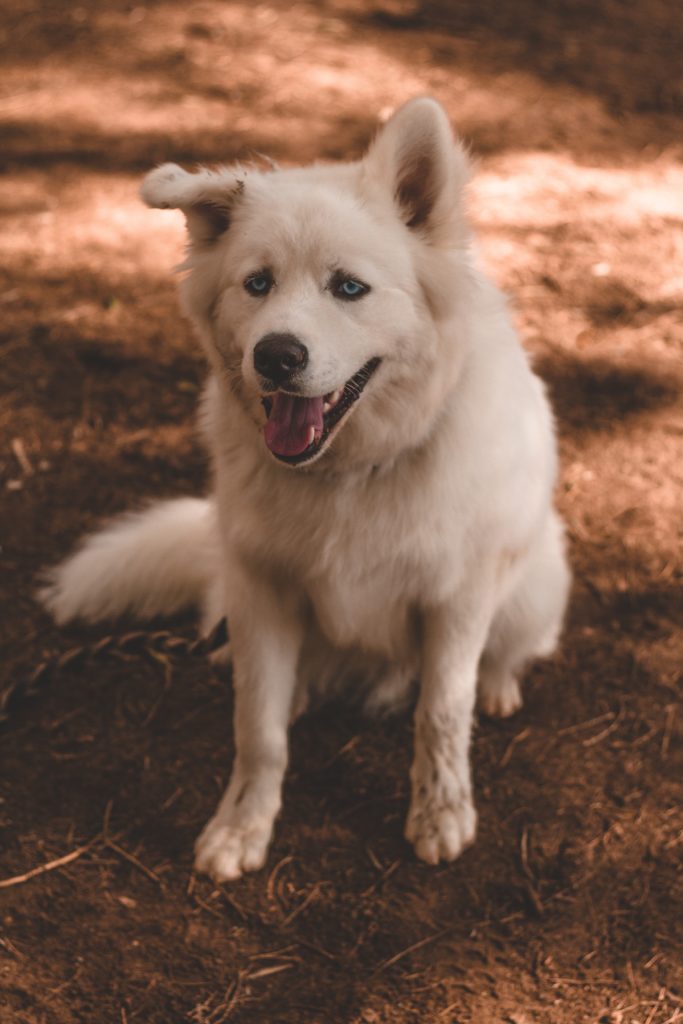
There are also some size differences between male and female Mals, as is common with larger, working dogs. The variation is more likely to be found in their weight than their height, though, with females generally being below 85 lbs and males closer to 100 lbs. This means that males usually take slightly longer to reach their adult size.
Alaskan Malamute Growth Patterns
Mals gain height quickly early on in their lives. Developing muscle mass takes much longer, though, and your pup will likely hang on to their gangly, teenage-like appearance until well into their first year.
Female and smaller male Mals will likely reach their full size around 18 – 20 months, whereas males and larger females can take as long as 2 years to get there.
Additionally, this is why it’s particularly important that your Alaskan Malamute puppy gets the correct nourishment he needs to grow that adorable little body into a healthy adult one. Check out these guides on best dog food for puppies here.
How Big is a Full-Grown Alaskan Malamute?
An adult Alaskan Malamute will be around 23 – 25 inches in height to the shoulder and between 75 and 100 pounds (unless you have the giant variety). Their specific size depends a lot on their gender (see above) as well as the size of the parents. It’s always a good idea to check with the breeder if you can.
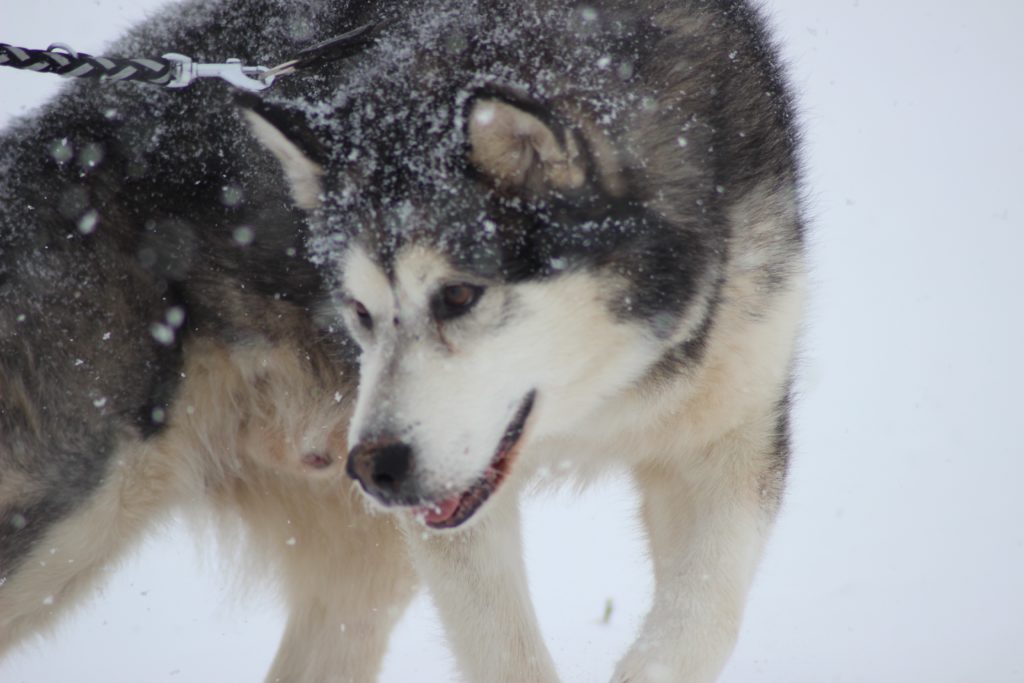
Beyond this, activity levels and nutrition will naturally play a part in the muscle mass of your pup and so their potential adult weight.
Alaskan Malamutes usually get to half their total weight around 5 to 6 months and their adult size at roughly 21 months.
You can calculate their potential adult weight at 23 weeks by taking what they weigh at that age and multiplying it by two.
A different formula you could use is:
- Growth = current weight / current age in weeks
- Adult weight = Growth x 52 (number of weeks in one year)
So, for example, if your 12-week old pup weighs 18 pounds. You simply divide the current weight by their age in weeks and multiply the result with 52:
18/ 12 = 1.5
1.5 x 52= 78 pounds
78 pounds would be the expected weight of your adult-sized Alaskan Malamute.
What Age is an Alaskan Malamute Fully Grown By?
While your Alaskan Malamute will be close to their adult height by 6 months and will have attained it by 12 months, they cannot be considered fully grown until they reach mature height and weight. The latter can take anywhere between 18 to 24 months, depending on how large your pup is likely to be at their adult size.
Alaskan Malamutes make excellent pets for experienced, active owners living in cooler climates. They are friendly, fun, adventurous, and tough, and they excel at most kinds of canine sports. However, those with less experience or time on their hands should be cautious of taking on one of these high-maintenance dogs.
If you have already welcomed one of these huge hounds into your house, you may be wanting to make an educated guess on how big you might expect them to get. The information included here in this article will allow you to do just that.
The information on this page is for informational purposes only. It is not intended to be a substitute for qualified professional veterinary advice, diagnosis, or treatment. Always seek the advice of your veterinarian or other qualified animal health provider with any questions you may have.
Pin It!



